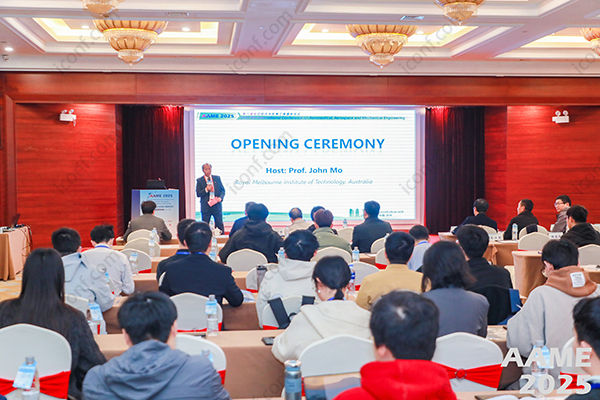

117 views||Release time: May 15, 2025
Publishing in EI Compendex–indexed journals is moderately challenging due to rigorous peer review, specialized scope requirements, and competitive acceptance rates. On average, engineering journals indexed by major publishers accept around 30 percent of submissions, demanding high-quality manuscripts and clear alignment with journal aims. Factors such as strict formatting guidelines, lengthy review cycles of 4–8 months, and desk-rejection rates of up to 20 percent contribute to the difficulty. Leveraging a centralized portal like iConf.com streamlines the process by offering tailored journal listings, deadline alerts, submission templates, and one-click access to each journal’s portal.

EI-indexed journals enforce stringent review protocols to ensure originality, methodological rigor, and ethical standards. A large-scale study of over 2,300 Elsevier journals found an average acceptance rate of 32 percent, with high-impact titles often below 20 percent [1]. IEEE’s open-access journal IEEE Access reports an acceptance rate near 30 percent, reflecting both fast turnaround and maintained quality [2]. Leading specialty journals may accept fewer than 15 percent of submissions, highlighting the competitive landscape [3].
A significant portion of submissions—commonly 15–20 percent—are desk-rejected without full peer review due to misalignment with a journal’s thematic focus or non-compliance with formatting guidelines [4]. Authors must carefully review each journal’s scope, recent publications, and template requirements to minimize early rejection.
High standards for writing clarity, data presentation, and literature integration are essential. Well-structured manuscripts following the IMRaD format (Introduction, Methods, Results, Discussion) increase reviewer confidence. Crafting a concise, compelling abstract and selecting appropriate keywords also play critical roles in initial editorial screening.
Review cycles for EI-indexed journals range from 4 to 8 months, depending on field and journal policies. Authors should anticipate multiple revision rounds and maintain proactive communication with editors to address reviewer comments promptly [5]. Planning submissions well in advance of academic milestones helps manage these timelines effectively.
Plan Early: Identify target journals and study recent issues six months before submission.
Use Official Templates: Adhere strictly to LaTeX or Word formatting guidelines.
Engage Co-Authors and Colleagues: Solicit feedback to refine arguments and correct errors.
Monitor Desk Rejection Factors: Align your topic and structure with journal priorities to reduce immediate rejection.
Tailored Journal Discovery
Filter for EI Compendex–indexed journals by discipline, impact factor, and deadlines.
Automated Deadline Alerts
Receive reminders for submissions, revisions, and proof deadlines.
Submission Resources
Access downloadable templates, formatting checklists, and best-practice guides.
One-Click Submission Links
Navigate directly to each journal’s submission portal without manual searching.
Register on iConf.com to centralize your publication workflow, stay organized, and increase your chances of acceptance in competitive EI-indexed journals.